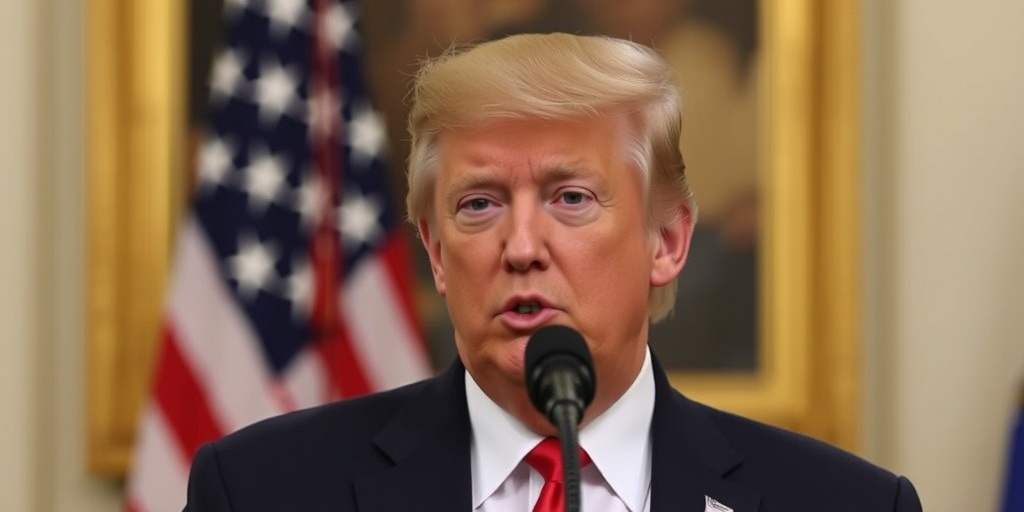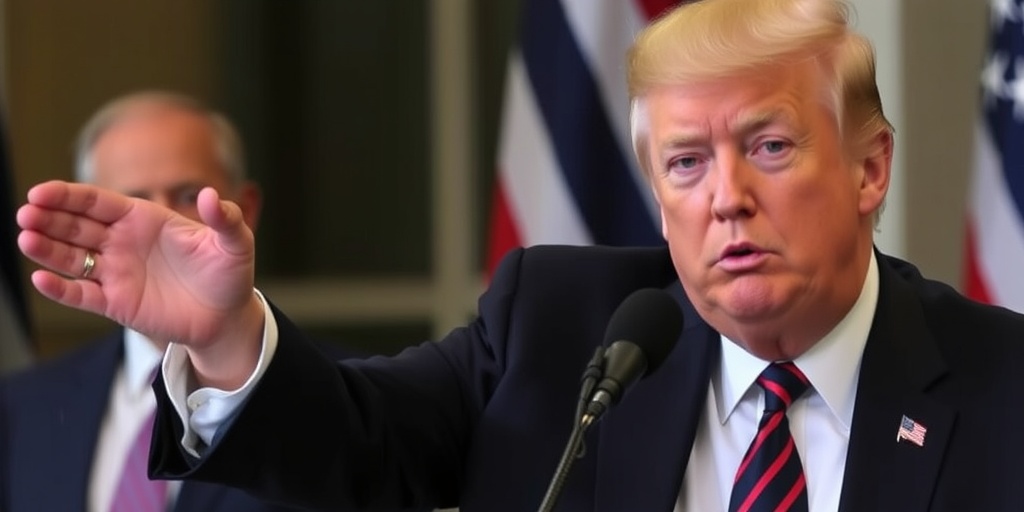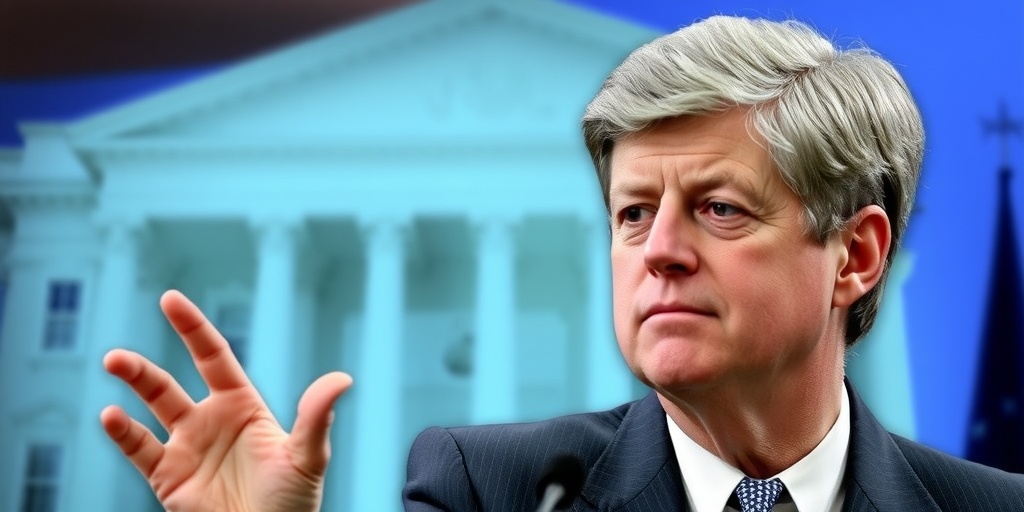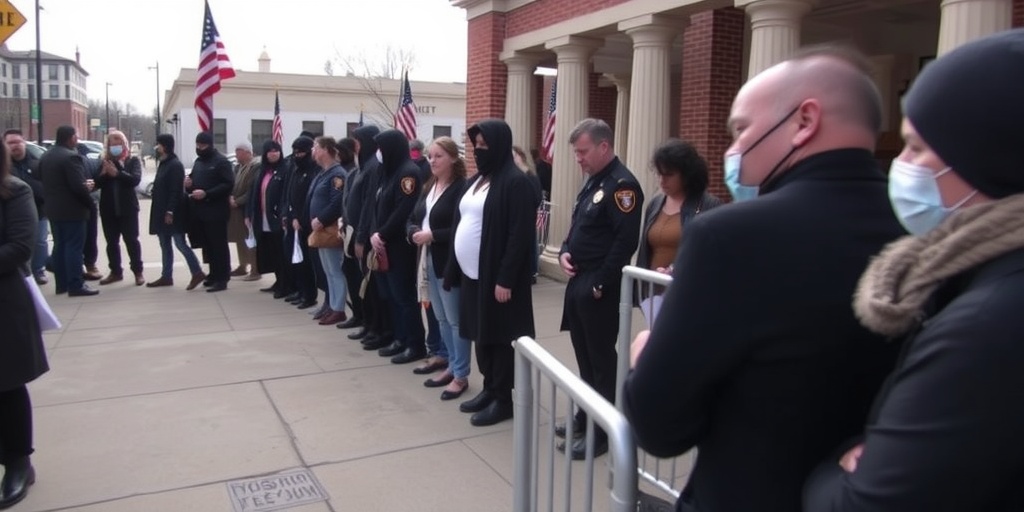Now Reading: Trump and ‘The Residence’: A Shared Obsession with Water Pressure
-
01
Trump and ‘The Residence’: A Shared Obsession with Water Pressure
Trump and ‘The Residence’: A Shared Obsession with Water Pressure
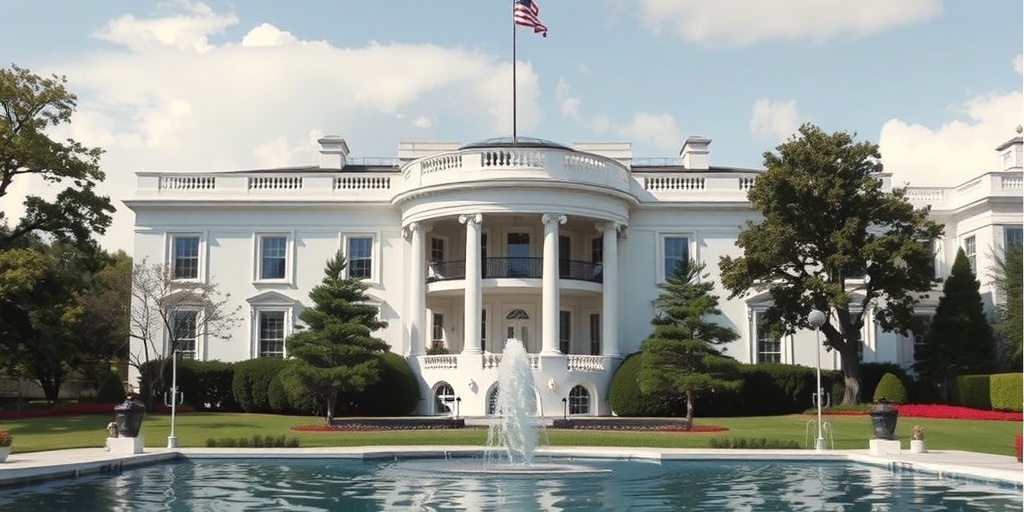
Trump Addresses Weak Shower Head Pressure with Executive Order Amid Economic Challenges
This week, as the global economy faced turmoil due to fluctuating tariff policies, President Donald Trump took a bold step by signing an executive order to tackle what he described as a national crisis: inadequate shower head water pressure. The move comes in the wake of regulations put in place during the Obama and Biden administrations, which sought to limit water flow to conserve this vital resource.
During a press conference in the Oval Office, President Trump expressed his frustrations with low shower pressure, specifically citing how it affects his personal grooming routine. “In my case, I like to take a nice shower and take care of my beautiful hair,” he noted. He elaborated that he has to endure standing under the shower for “15 minutes until it gets wet” while the water trickles out in a “drip, drip, drip” manner. “It’s ridiculous,” he added, emphasizing his dissatisfaction with the current state of showering in the White House.
This executive order reverses restrictions on how much water can flow from showerheads, allowing for a more robust water pressure that Trump believes will enhance personal hygiene and comfort. The President’s passion for strong water pressure has been a recurring theme throughout his public life, with this recent order showing his commitment to addressing what he considers an essential quality of life issue.
Interestingly, this obsession with shower pressure echoes a storyline from the recent Netflix series “The Residence,” a screwball mystery show where the fictional President Perry Morgan, played by Paul Fitzgerald, similarly bemoans weak water pressure. In the series, a White House usher humorously notes that Morgan demands “pressure like a fire hose.” The fictional president’s plight sheds light on the quirks and demands that come with life in the executive mansion, making it resonate with audiences given the reality of presidential living.
The show’s plot revolves around a murder mystery set during a state dinner at the White House, highlighting the historical and personal details of the residence. With its intriguing mix of fiction and reality, “The Residence” takes inspiration from Kate Andersen Brower’s nonfiction book, “The Residence: Inside the Private World of the White House,” and has quickly become one of Netflix’s top-watched series.
Paul William Davies, the writer and producer behind “The Residence,” reacted to the real-life parallels between his show and President Trump’s current predicament regarding shower pressure. “It’s thoroughly amusing,” he remarked, reflecting on the incident and how art seems to imitating life in unexpected ways.
Davies confirmed that the shower pressure dilemma was indeed grounded in history, referencing President Lyndon B. Johnson’s own obsession with water pressure shortly after he took office following John F. Kennedy’s assassination. Johnson was reported to have been deeply dissatisfied with the low water pressure in the White House and even threatened to vacate the residence over the issue. His quest for an optimal shower led to extensive renovations aimed at achieving what he deemed acceptable pressure levels, comparable to that of a fire hose.
When asked if he had ever tested the water pressure at the White House, Davies admitted he had not. Nonetheless, he noted the relatable nature of shower pressure complaints, stating that it humanizes the presidency. “It’s one of those things that reminds you, ‘Oh, presidents, they’re just like us,’” he conveyed. The struggle for comfort within the aging structures of the White House is a relatable frustration that transcends all levels of society, emphasizing the continuity of human experience even at the highest office in the land.
This unusual intersection between reality and fiction has sparked conversations not only about shower pressure but also about other plot points from the show, such as mentions of purchasing Greenland and potential reforms to the Department of Education. These concepts, once mere narrative devices, have taken on a life of their own, drawing the attention of audiences and sparking discussions about their feasibility in the current political climate.
In closing, Davies expressed his own dissatisfaction with water pressure, sharing that his own home’s shower situation leaves much to be desired. “It’s terrible. I do appreciate a strong shower,” he acknowledged, sharing that his ideal water pressure would fall somewhere between his current setup and President Johnson’s extravagant desires.
As the debate over water usage continues to unfold in various spheres of life, one can only wonder what other minutiae of presidential living will capture public interest next, perhaps revealing more of the relatable, human side of those who occupy the highest office in the United States.
Stay Informed With the Latest & Most Important News
Previous Post
Next Post
-
 01New technology breakthrough has everyone talking right now
01New technology breakthrough has everyone talking right now -
 02Unbelievable life hack everyone needs to try today
02Unbelievable life hack everyone needs to try today -
 03Fascinating discovery found buried deep beneath the ocean
03Fascinating discovery found buried deep beneath the ocean -
 04Man invents genius device that solves everyday problems
04Man invents genius device that solves everyday problems -
 05Shocking discovery that changes what we know forever
05Shocking discovery that changes what we know forever -
 06Internet goes wild over celebrity’s unexpected fashion choice
06Internet goes wild over celebrity’s unexpected fashion choice -
 07Rare animal sighting stuns scientists and wildlife lovers
07Rare animal sighting stuns scientists and wildlife lovers













